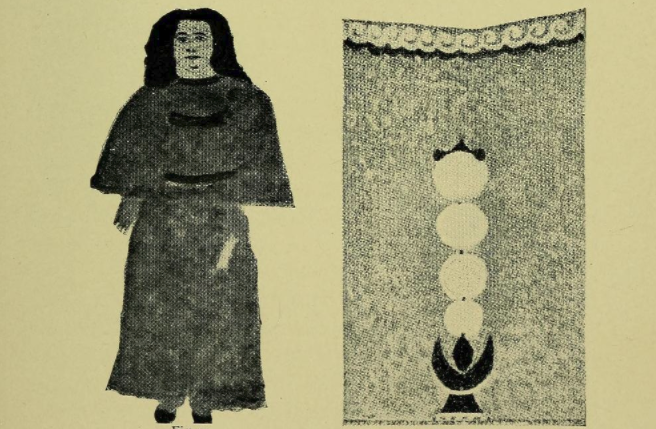When Did Alien Sightings Turn Into Alien Abductions?
Reports of encounters with extraterrestrials took a turn in the 1980s. The question is why.
/https://tf-cmsv2-smithsonianmag-media.s3.amazonaws.com/filer/e4/80/e480fefe-f4c3-4b93-9b9d-8cc43e3887e5/close_encounters.jpg)
For 25 years after the first accounts of “flying saucer” sightings appeared in American newspapers, reported encounters with aliens were mostly just that—chance meetings, often quite pleasant. By the mid-1980s, this had changed. A new set of stories moved into the limelight, like the one told by “Susan.”
After undergoing a number of hypnosis sessions, Susan recalled an incident that occurred when she was 16 years old and living in Vermont. One night driving home alone, she saw an odd darting light in the sky. She stopped her car to watch. As she stared at the object, she got the distinct feeling that it was aware of her presence and was trying to communicate with her. Suddenly, she felt herself floating upwards, and eventually came to rest on her back on a table, inside what she took to be a craft. Two of the craft’s occupants appeared, and oversaw what could only be described as an intrusive operation. In time, it became apparent that both Susan and her then boyfriend had been abducted by these strange beings.
Susan’s story was related to the public in 1987 by the New York artist Budd Hopkins. By that time, Hopkins had established himself as one of a small number of figures researching a phenomenon that came to be called “alien abduction.” Throughout the 1980s and 1990s, Hopkins—along with historian David Jacobs, writer Whitley Strieber, and psychiatrist John Mack—published bestselling books, gave talks, and did interviews detailing the accounts of individuals claiming to have been kidnapped by extraterrestrials and forced to undergo traumatizing medical procedures. Interest in these tales eventually helped inspire films like Fire in the Sky and the television series The X-Files.
To this day, the prevailing assumption is that all stories of alien contact have to do with abduction. But, in fact, accounts of contact with aliens went back more than a century and a half, and most had nothing to do with kidnapping and abuse. How and when did things change?
The idea that there are other inhabited worlds in the universe besides our own is an old one, dating back to at least the fourth century B.C. By 1750, most educated individuals in Europe accepted that extraterrestrial civilizations existed, and during the 19th century, many considered it likely that intelligent life existed on Mars, Venus, and even the moon.
Few considered it possible to establish contact with such beings, however. It wasn’t until the turn of the 20th century that we see more claims of meeting and communicating with aliens, sometimes by entering trance-like states. One of the more famous was a Swiss woman who went by the name of Hélène Smith. From 1894 to 1899, she claimed to have visions in which she visited Mars and spoke with the inhabitants there. She even offered drawings of the people and landscape.

It wasn’t until after World War II, however, that witnesses began describing encounters with aliens here on Earth. Starting in the early 1950s, a series of individuals—most of them men living in the southwestern United States—claimed they came across extraterrestrial visitors, who looked like humans, recounted life on their planets, and explained that their purpose here was to warn us of the dangers of nuclear destruction. These “contactees” wrote books, lectured, and gave interviews about their supposed experiences.
The encounters reported by the early contactees were overwhelming friendly, their aliens benevolent. So, why did things change? It’s worth noting that some of the first claims of kidnapping and experimentation at the hands of extraterrestrials emerged as early as the mid-1960s, yet they drew only limited public interest until after 1980. In my research I’ve been considering a number of possible explanations. Heightened media attention on new reproductive technologies, growing concerns over unregulated human experimentation, and recognition of mental trauma suffered by victims of abuse all helped create a public atmosphere receptive to these new claims. For whatever reason, by the mid 1980s, alien abduction’s time had come.